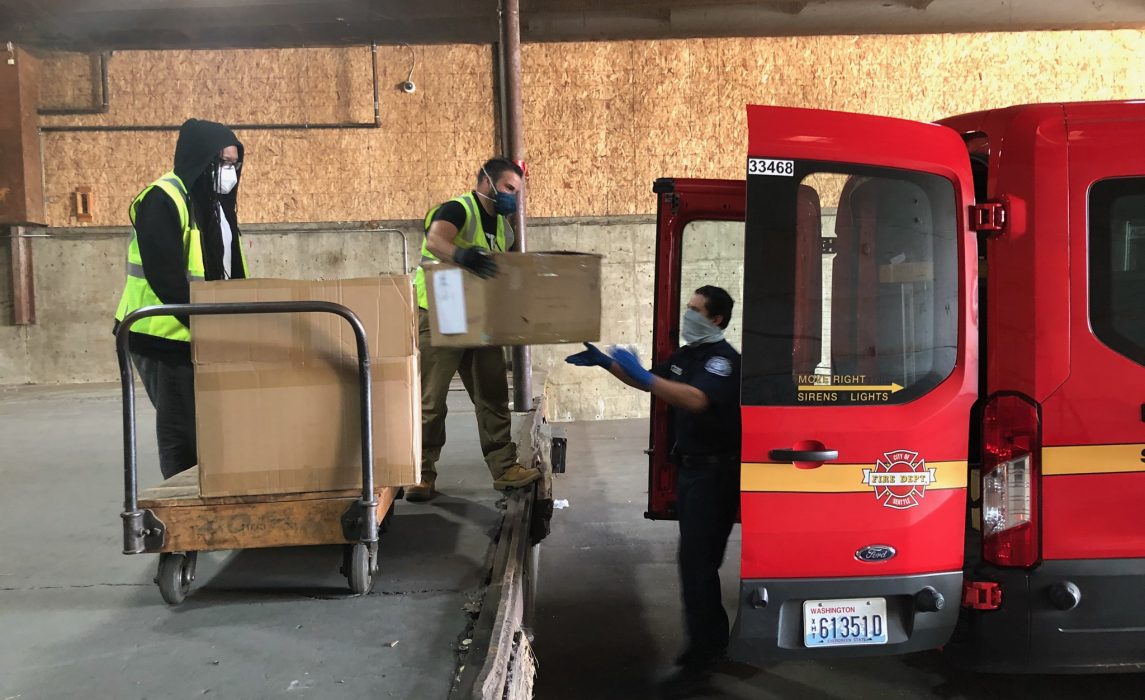Spotlight on Seattle:
A Fundamental Shift
Seattle is getting creative to meet critical needs.
“Ideas that might have seemed far-fetched before can now be on the table,” said Andrés J. Mantilla, Director of the Department of Neighborhoods.
In short order, Seattle used an existing food assistance program to give immediate financial relief to low-income families; repurposed a network of community representatives to provide culturally appropriate outreach and confront misinformation; and established a partnership with the statewide pharmacy association that has Uber and Lyft drivers delivering prescription medications to homebound seniors.
Seattle may be known as an innovation hub, but at the government level, innovation at this speed is unprecedented. So how is so much coming together so quickly?
“We’re getting away from all the silos and bureaucratic thinking that might have stopped us before,” says Mantilla. That means collectively focusing on meeting basic needs and filling gaps collaboratively.
“This is a fundamental shift and opportunity to think differently about engagement for the city.”
Seattle organizes its response around five pillars—food, housing, education, healthcare, and employment—with a cross-cutting objective to connect people despite physical distancing.
The Emergency Operations Center is tracking community needs through this framework. A similar triage is happening in the Department of Neighborhoods.
Mantilla advocated to raise outreach and engagement to the enterprise level. “This is a fundamental shift and opportunity to think differently about engagement for the city,” he said.
Now, the Department of Neighborhoods is at the table for daily, city-wide reporting and can shift resources accordingly. This might mean finding more personal protective equipment for fire chiefs one day and bringing additional resources to shelters for people experiencing homelessness.
Additional resources include the internal city workforce. The city has reallocated staff from closed recreation centers and libraries, the Seattle Center, and the Human Services Department to increase the capacity of food banks and shelters that are facing unprecedented demand.
Amazingly, all of this has happened in only a few month’s time. “Our first diagnosed case feels like it was 10 years ago,” reflected Mantilla.
Seattle is already incorporating lessons from the early days of the outbreak, such as improving demographic data tracking and balancing rapid prototyping with racial equity and economic justice.
Looking forward to recovery, Mantilla said, “It’s going to involve a lot of creative thinking and so we’re open for ideas.”
***
Interested in learning more? Follow us @citiesofservice on Twitter, Facebook, Instagram, and LinkedIn. Get in touch at [email protected] to continue the conversation.

